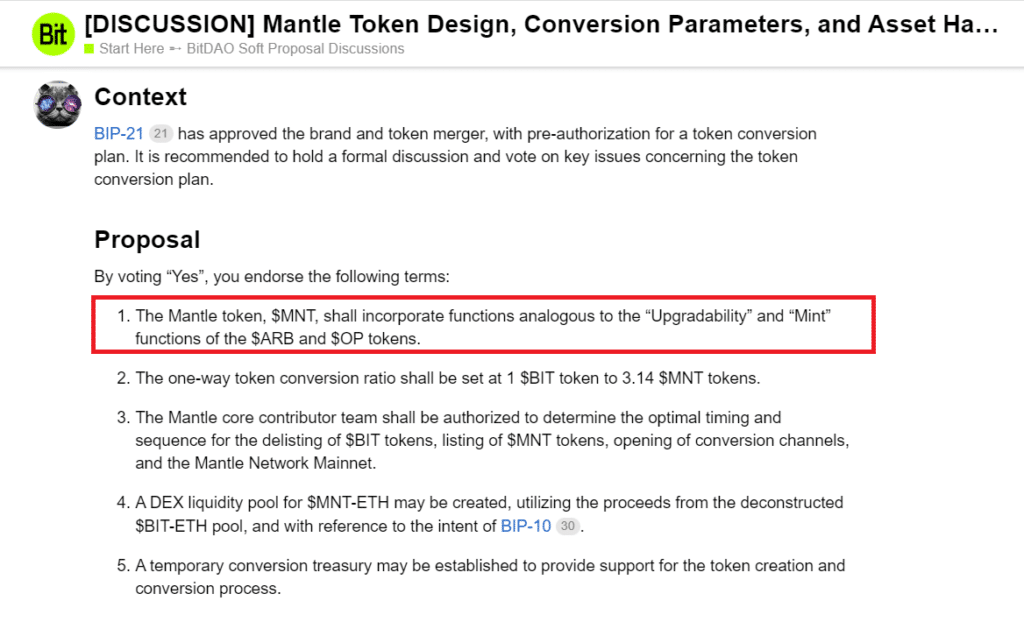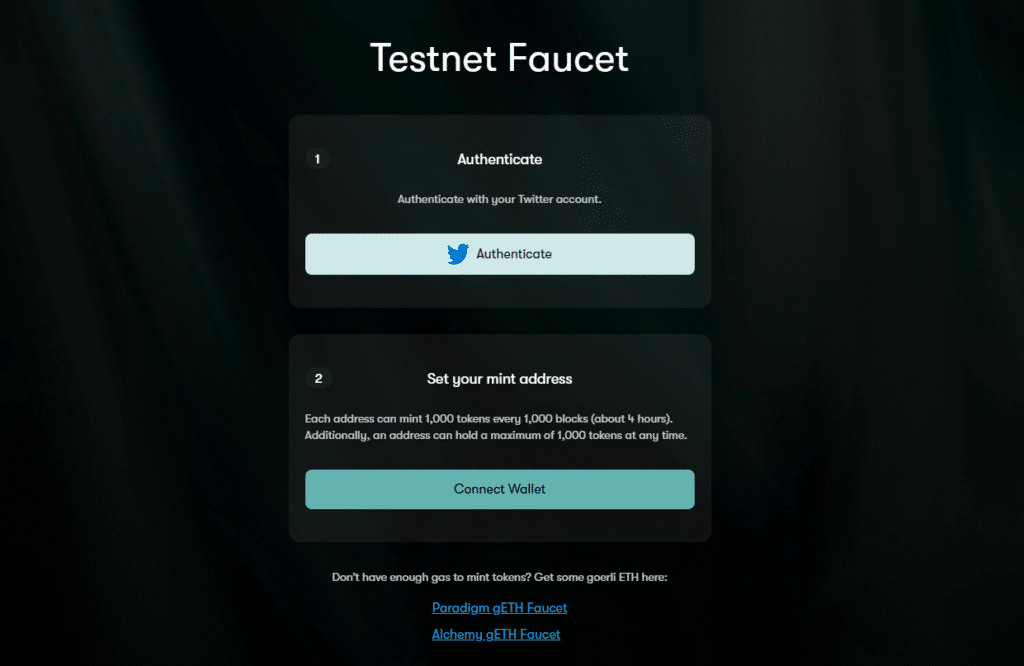BitDao, the world’s largest decentralized autonomous organization, has launched its Layer 2 Mantle in testnet version and may release an airdrop to early users when the infrastructure goes live in mainnet.
Let’s see together how to try the network in testnet and what protocols to use to have a chance of earning MNT token airdrop.
Summary
What is Mantle’s layer 2 solution and how does it work?
Mantle is an Ethereum layer 2 blockchain that aims for super-scalability using a modular approach that can offer low fee costs and high security.
This type of infrastructure separates consensus, data and execution activities from the basic network layer to have different areas of specialization based on the activity in question.
Mantle manages this modular process by combining ethereum roll-ups with the decentralized data layer.
In particular, roll-ups enable high throughput within the ecosystem of compatible EVM applications
Compared with other blockchains, this type of layer 2 has many advantages such as hyper-scalable performance, unprecedented security, low cost of operations, and decentralization of the network’s decision-making processes.
Mantle represents the first experiment of layer 2 blockchain initiated by a DAO, which is the autonomous organization of BitDao.
A few days ago, a proposal was approved within the community entitled “Optimization of Brand, Token and Tokenomics” whereby it officially sanctioned the merger of BitDao’s ecosystem, products, the BIT token and the governance under a single brand called precisely Mantle.
In this way, the whole universe revolving around BitDao will be represented by Mantle, which will not exclusively cover the role of the layer 2 solution, but will manage under its name all the activities managed by the organization until now.
A rebranding is also planned for the BIT token, which will be renamed to MNT in a process in which progressively the holders of the first token will be able to convert a single unit for 3.14 MNT.
The Mantle network is currently in testnet and there is a possibility of an airdrop to early users of the infrastructure given that BitDao’s willingness to incorporate functions similar to those of upgradability and minting of ARB and OP tokens was put in writing in the latest governance proposal.

Mantle and the release of an airdrop for testnet users
As anticipated, those who will use the Mantle network in the testnet phase may be rewarded with a future airdrop of the MNT token that echoes the features of the tokenomic of the BIT token.
If we look closely at the circulating and max supply data of BIT we can see that only a fraction of the tokens are in the market while the big chunk is still in the hands of BitDao.
The launch of Mantle could be a way to accelerate the release of tokens still in “vesting,” in view of the plan described by the decentralized organization, while at the same time managing to generate hype without devaluing the price of the cryptocurrency.
That said, it is now time to try Mantle’s testnet.
First it is necessary to be in possession of a decentralized wallet such as MetaMask. If you do not have it, you can download it here.
After that, you will need to get hold of some GETH (goerli ETH), which is a test token (worthless) that is usually used for the Goerli Ethereum network, a test network of the Ethereum ecosystem.
To obtain GETH you can refer to this document where there are several faucet links on which to request these testnet tokens.
You may need to test more than one considering the limited availability of GETH on the Goerli ETH network.
Some faucet may ask you to post a tweet and copy and paste the URL of the address so that it identifies you as a human and not a bot.
At this point, you will have to go to this website, connect your Twitter account and mint at least 1000 BIT tokens.
Of course, none of this comes at any real cost.

Finally, once you have obtained the BIT tokens on the testnet, you will need to go to the “bridge” section and perform a few small tasks.
In detail, it is necessary to deposit the GETH and BIT test tokens on the “deposit” item, approve and confirm the transactions.
The same process can be carried out in reverse by withdrawing the tokens placed in the “fake staking.” The more steps performed, the higher the chances of being selected for an airdrop, though this time with the real-value MNT tokens.
All the protocols to interact with and actions to perform to earn Mantle’s airdrop
After the minting phase of the BIT test tokens and depositing them on Mantle’s testnet page, let’s now see what other actions to perform to earn the MNT token airdrop.
Indisputably, since Mantle is subordinated by the decentralized organization BitDao and the listing of the MNT token will be managed by it, we should participate in the governance proposals that are made by the community.
You can vote at any proposal on the snapshot page having procured in advance a small amount of BIT token (NOT ON THE TESTNET), which can be acquired on Bybit, Mexc, Bitmart, Gate.io or Uniswap v3.
Among other on-chain tasks to be performed, we can start testing protocols in the Mantle ecosystem: these include DeFi projects such as Pulsar Network and FusionX.
All there is to do is to perform a few token swaps and provide liquidity to the protocols: each action can be done totally randomly, since we are on the testnet and do not risk losing money.
The important thing is to repeat the operations periodically to appear as active users in the community.
As long as the Mantle layer 2 is in the Test phase, there aren’t many other strategies we can employ for the purpose of getting airdrop.
When the network goes live on the mainnet (and if MNT has not yet been listed on the markets) then we may change tactics and start providing (real) liquidity to the protocols, buy NFTs, execute trades, etc.
For now it is enough to be active in governance, mine some BIT tokens for free on the testnet and try FusionX and Pulsar Network.
At most we can participate in the quests on Zealy to get “roles” on the Mantle discord channel, which might help us to increase the chances of getting an airdrop.




